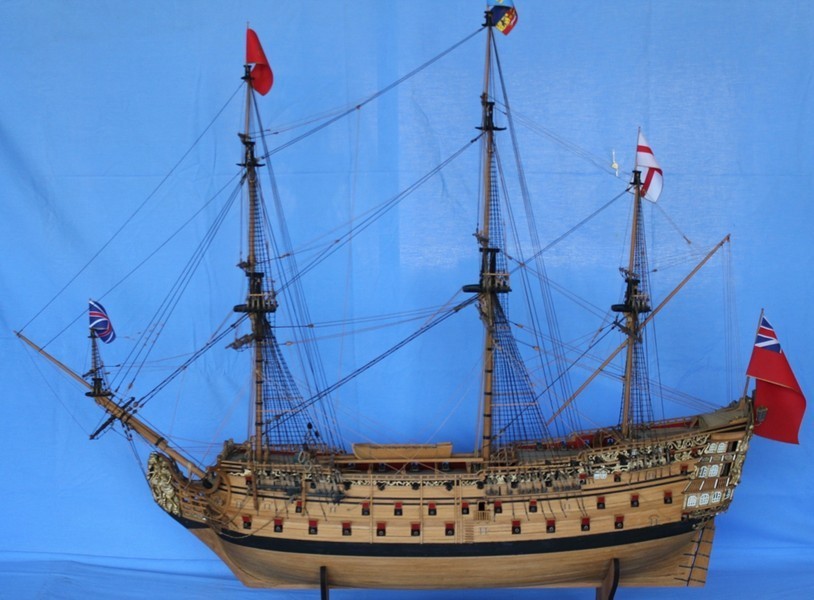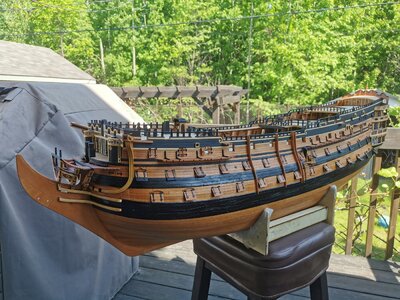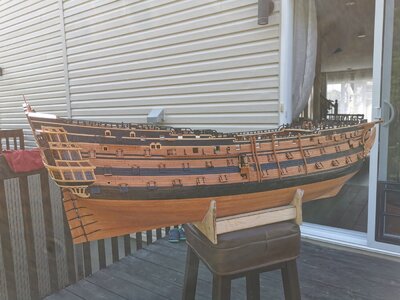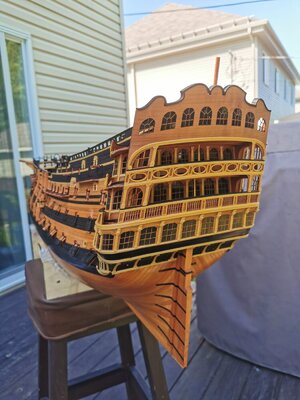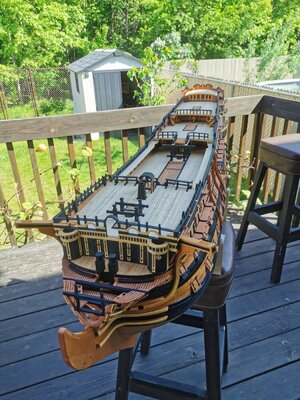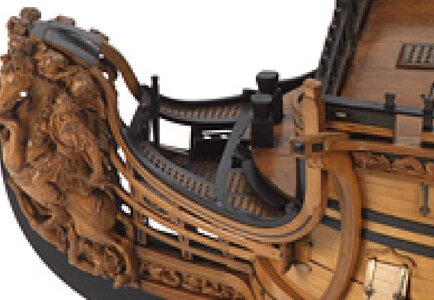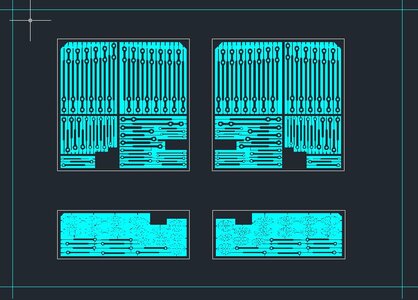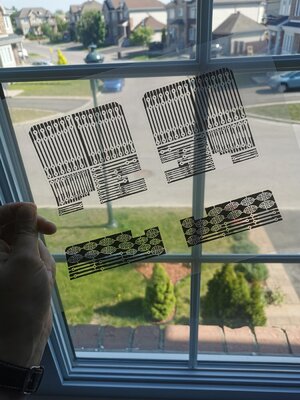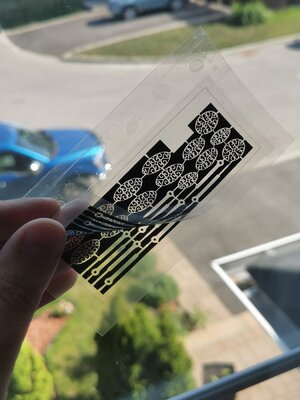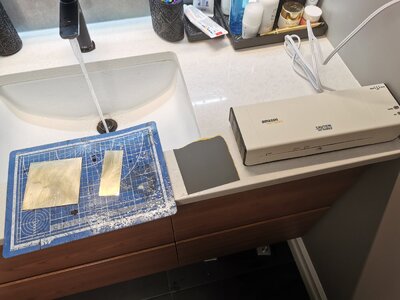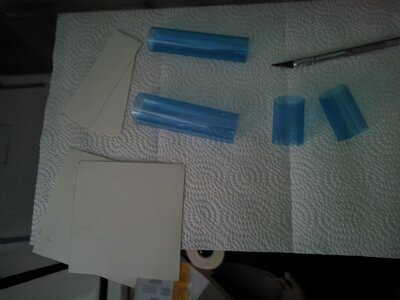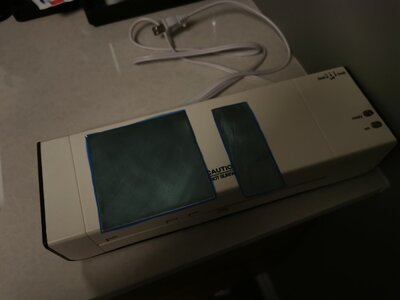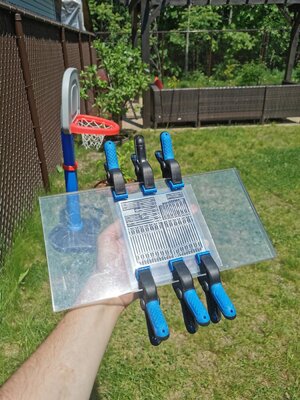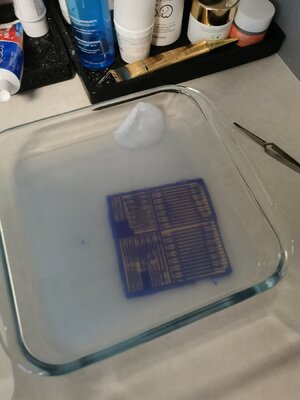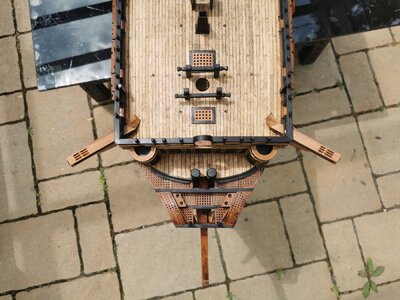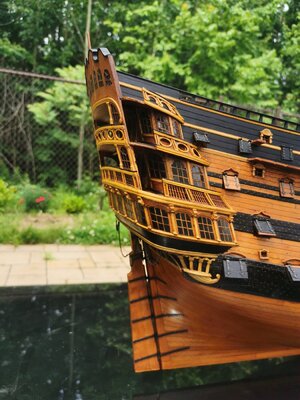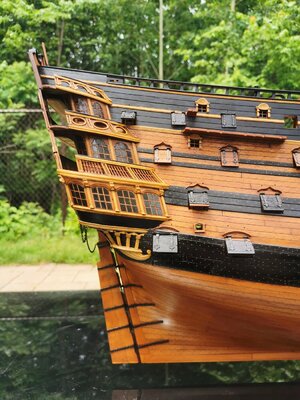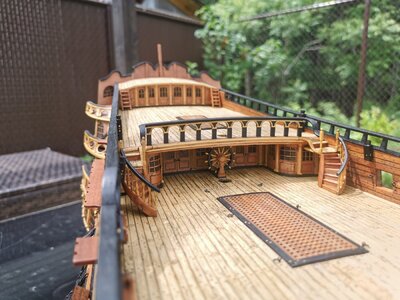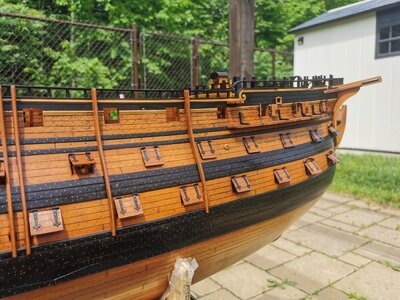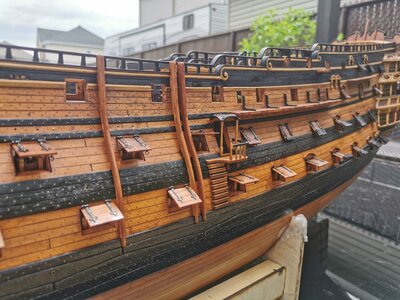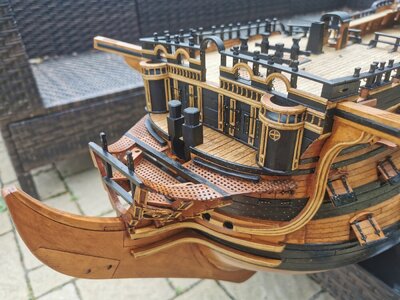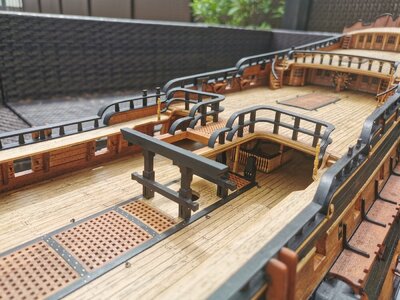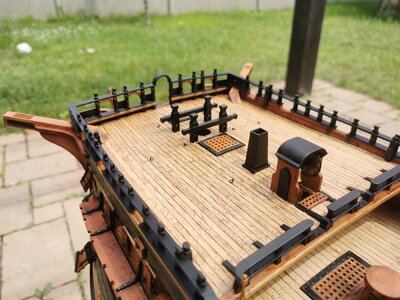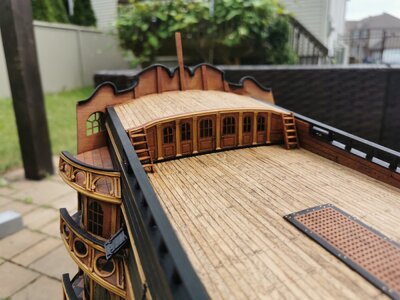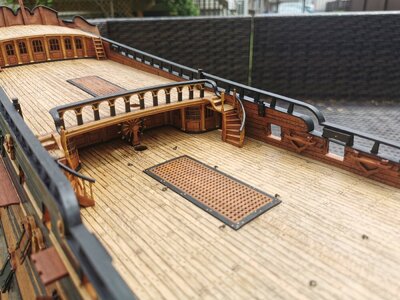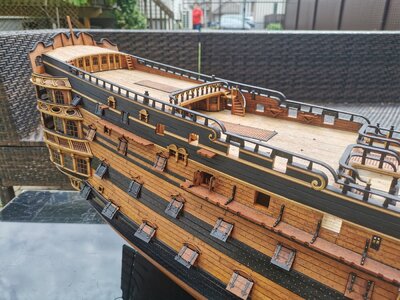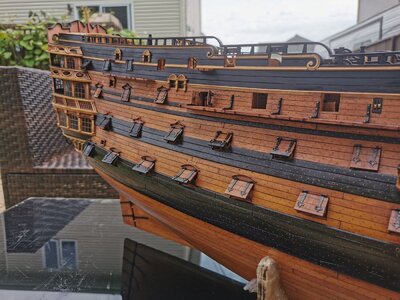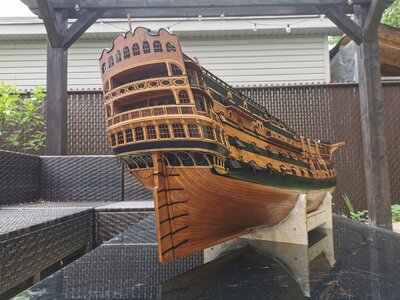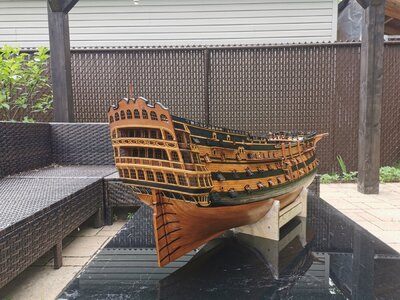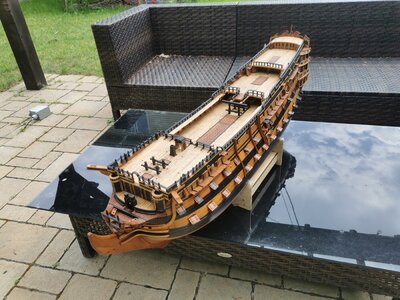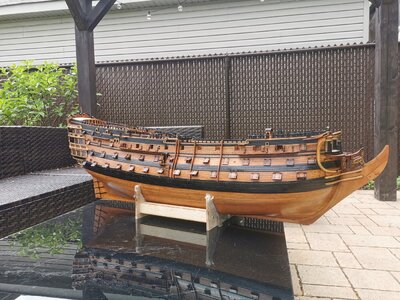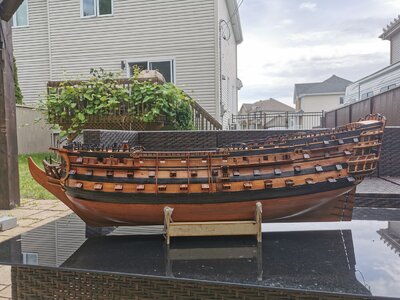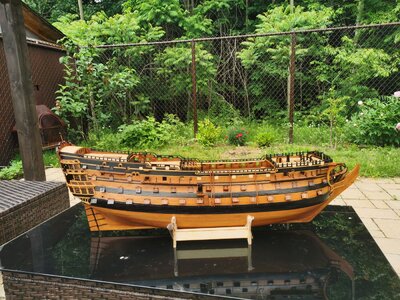- Joined
- Jan 21, 2022
- Messages
- 845
- Points
- 403

There's one Royal William Euromodel kit on ebay in US and one in ItalyI have not read thru your entire build yet as this if the first time that I have seen it, but I have to say that you are definitely one talented person not just an average model builder as am I. I can see that you are designing this from the ground up perfectly engineering each detail, I have to ask are you going to develope and produce a kit? Of the Royal William? I don't believe that any other kits exist of this ship. I will definitely reread the thread and follow to completion.
royal william euromodel | eBay
Kup royal william euromodel na eBay. Najlepsze oferty i okazje z całego świata!
www.ebay.pl
When I typed Royall William Euromodel kit the web browser showed two shops. Can't really say if the're trustworthy, but maybe worth checking. Maybe othe users have some opinion or experience with them
Euromodel 99/006 - HMS Royal William kit 1:72
Euromodel 99/006 - HMS Royal William kit 1:72
www.modelpa.it
